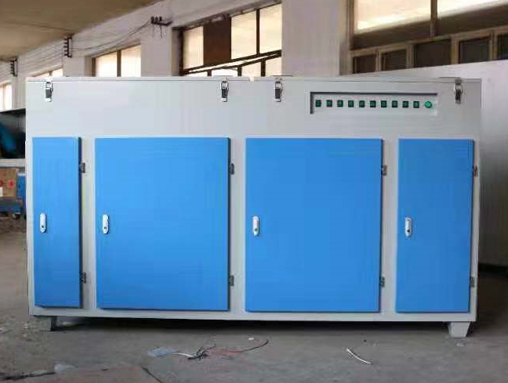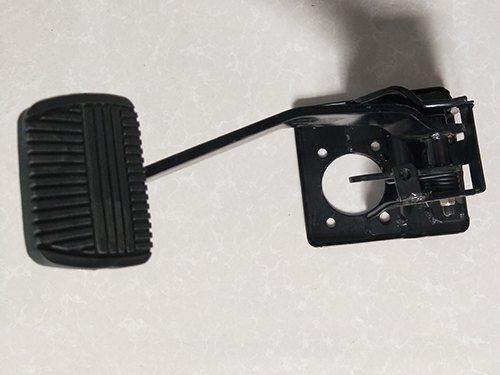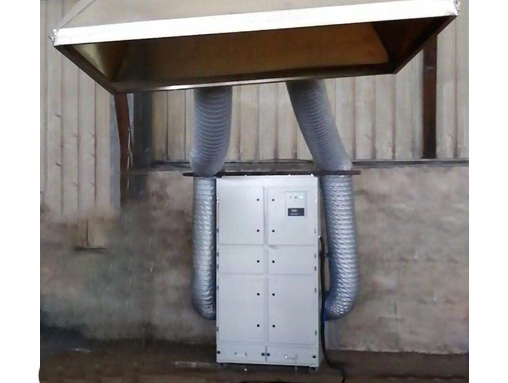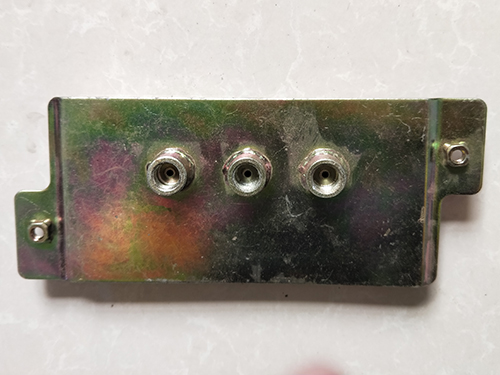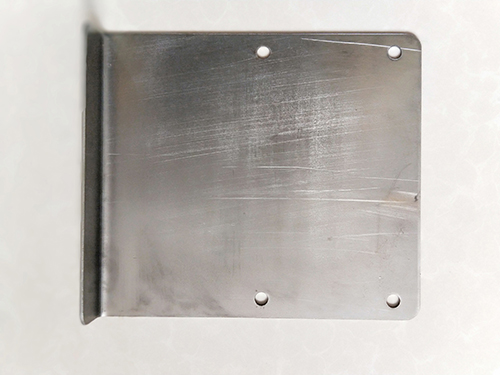Causes and Control Prevention Methods of Burrs in Stamping Parts of Fanjin
Due to its advantages such as production, material saving, low cost, and good performance, Fanjin stamping occupies an important position in today's highly information-based metal processing and is one of the main production methods for Fanjin parts. However, stamping parts inevitably produce burrs of varying sizes during processing, which not only affect the appearance of the product, but also affect its performance and assembly quality, increase the noise during mechanical operation, become a hidden danger of equipment failure, and even cause personal injury due to sharp burrs within the reachable range.
With the booming development of trade, the demand for product quality is increasing, and people's awareness is also growing. Various standards are constantly improving, and the requirements for burrs on stamped parts are also increasing. This article explores the causes of stamping burrs, proposes control and prevention techniques for burrs, as well as methods for removing burrs, and shares them with colleagues in the industry.
1. Causes of stamping burrs
(1) The unreasonable clearance between convex and concave molds is a very important process parameter in the punching die, and the punching clearance Z is a crucial parameter. The size of the gap value directly affects the quality of the cutting end face of the punched part, the magnitude of the punching force, and the service life of the punching die.
(2) Uneven distribution of clearance between convex and concave molds is caused by factors such as manufacturing accuracy, wear of positioning components, and improper installation, resulting in misalignment of the convex mold relative to the concave mold, leading to the occurrence of punching gaps on both sides and causing stamping burrs.
(3) There are problems with the working surface of the mold due to poor processing or maintenance conditions, such as rough machining surfaces or defects such as pull marks, resulting in stamping burrs.
(4) The mold making process is unreasonable due to the unreasonable formulation of the process, such as the wire cutting lead hole being arranged on the working surface, resulting in sharp corners during stamping.
2. Common measurement and determination methods for stamping burrs
(1) The measurement method uses vernier calipers, external micrometers, etc. to measure the height of burrs, that is, the height of burrs is divided into two measurement peaks and one material thickness average. Determine whether the burr exceeds the limit value based on the percentage of burr height relative to material thickness.
When executing, reference can be made to the mechanical industry standard (JB/T4129 Stamping Part Burr Height) issued by the original Ministry of Machinery Industry. This standard is applicable to metal stamping finished parts with requirements for burr height, but not to finished parts and punched parts with requirements for burr height.
(2) The paper pushing method uses 70g/cm2 paper at a 45 ° angle to the direction of travel, pushing forward along the edge of the stamped part with burrs, and judging based on whether there is obstruction or damage to the edge of the paper. This method can be applied to industries such as printing and dyeing, as well as for detecting burrs on stamped parts on pathways such as paper and fabric transportation.
(3) Touch the rough part with your hand using the tactile or visual method, and determine it based on the tactile or visual inspection. This method requires experience and some subjectivity, and is suitable for products with appearance requirements.
(4) The hanging method uses a thin cotton thread to travel along the edge of the burr, and determines whether there are burrs based on whether they are hanging or damaged. Suitable for parts with specific requirements for product accuracy.
(5) Magnification method uses a magnifying glass with a specified magnification for detection, or uses a profilometer to magnify and photograph before measuring and comparing for judgment. Suitable for parts with high performance requirements for the product.
3. Control and prevention of stamping burrs
(1) Choosing a reasonable punching gap between convex and concave dies requires mutual cooperation within a reasonable gap range to produce qualified punching parts, reduce punching force, and extend the service life of the punching die. (2) In the production and maintenance of molds, the control methods for the clearance between convex and concave molds can be adopted according to the situation, including gasket adjustment method, light transmission adjustment method, copper plating method, diluted gold coating method, painting method, standard sample method, paper cutting method, measurement method, as well as the use of process locator method, process allowance method, etc.
(3) During the use of the mold, the grinding method gradually wears down the convex and concave molds, and the gap gradually increases. When the burrs exceed the given requirements, the grinding method can be used to regain the appropriate gap between the convex and concave molds. However, this method has certain limitations, such as not being applicable when the concave mold has worn out beyond the grinding area.
(4) For parts with particularly high design requirements, punching or deburring stamping processes can be used to avoid the generation of burrs, taking into account cost considerations.
4. Various common burr removal methods and their characteristics
(1) The manual deburring method relies on the use of tools such as wire brushes, files, scrapers, grinding wheels, and sand belt machines to remove burrs from stamped parts. The characteristic of this method is flexible operation, not limited by site and equipment, and is particularly suitable for irregular parts. However, due to its high labor intensity, low efficiency, and high cost, it is only suitable for stamping parts that are single piece, small batch, or trial production.
(2) The drum grinding method uses a drum grinder and various abrasives to not only remove burrs, but also edges, surface stains, rust spots, etc. This method is easy to operate, requires minimal investment, and is suitable for production, but it is not suitable for parts with significant surface damage. In addition, due to the noise generated during the operation of the drum, the equipment needs to be installed in a separate sealed unmanned room.
(3) Electrochemical methods achieve the goal of removing burrs through local electrochemical anodic dissolution. This method does not generate residual stress, thermal stress, scratches, or deformation on the surface of the parts, and is not affected by material hardness or toughness. As long as it is a conductive material, it can be processed, especially suitable for removing burrs in the inner cavity of complex parts, as well as burrs on the inner surface that are difficult to remove using conventional methods.
(4) The ultrasonic cleaning method utilizes the principle of high-frequency oscillation of ultrasonic waves to remove small burrs, which is suitable for small and delicate parts.
(5) The mold flattening method uses a 45 ° inclined surface of the convex mold to flatten the burrs. This method is simple and practical, suitable for removing burrs from holes and shapes that generally require no burrs. The disadvantage is that the burrs were not removed, but were captured on a sloping surface that does not affect functionality.
(6) The principle of the spraying method is to use compressed air as the driving force to spray the prepared spraying materials, such as sand, glass beads, iron balls, etc. with suitable particle size, from the nozzle at high speed onto the surface of the workpiece. Use the impact force of the sprayed material to remove burrs and stains from the surface of the parts. This method is only suitable for small batches, large sizes, and workpieces that require three-dimensional deburring due to the low production efficiency of clamping the workpiece onto the bracket each time.
The selection of specific deburring methods needs to be comprehensively considered based on various factors such as stamping material, size and shape, batch size, technical requirements, and cost-effectiveness.
We hope to share our experience in analyzing and summarizing the causes, detection, control, and removal of stamping burrs with colleagues in the industry, and even more so, we hope to spark discussions and discussions together.
